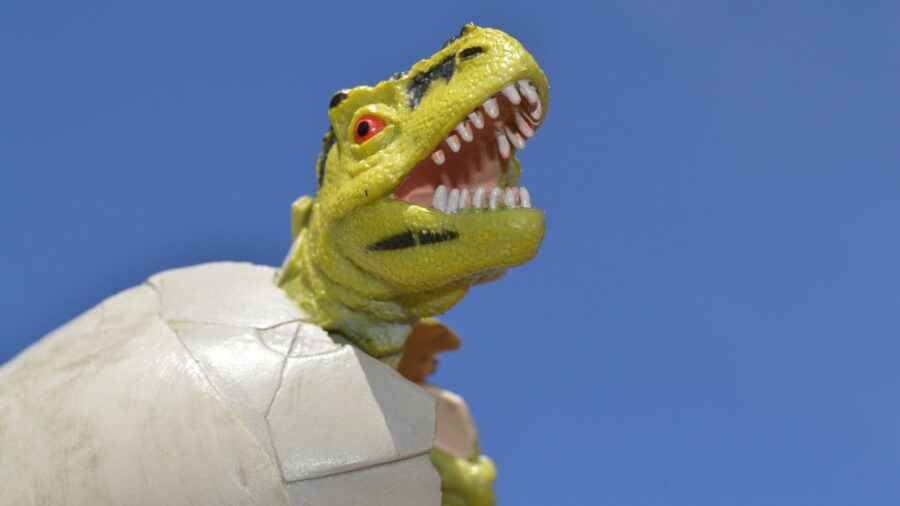Scientists Discover A Real Baby Dinosaur
Get your dino-diapers ready! Scientists have found a baby dinosaur!
This article is more than 2 years old

Scientists have discovered a rare fossil of a baby dinosaur and it’s completely revolutionizing the way researchers think about pre-hatched prehistoric creatures. According to CNN, the fossil was actually found more than twenty years ago but somehow ended up in storage. The baby dinosaur fossil was reportedly discovered in China’s Jiangxi province in 2000 and then acquired by Liang Liu, a director of a Chinese stone company called Yingliang Group. As a result, the baby dinosaur fossil has been playfully nicknamed “baby Yingliang.”
Despite being one of the most valuable scientific finds of our time, the baby dinosaur fossil was locked in storage until about ten years later when the museum staff was sorting through old boxes in an effort to get things ready for the construction of Yingliang Stone Nature History Museum, which is subsidized by the company. As improbable fossil’s path to discovery by human beings may have been, now that we have it, it is allowing scientists to make some pretty impressive progress on understanding the behavior of baby dinosaurs before they hatched from their respective eggs.
Fossilized eggs like this are rare given how delicate baby dinosaurs tended to be. Brittle bones and time don’t really mix well together. However, University of Birmingham paleontologist Waisum Ma told iScience that, in their many years of working with similar fossils, this one is by far the most well preserved. Therefore, they were able to determine that the baby dinosaur inside was an oviraptorosaur. These feathery, omnivorous dinosaurs are known for their beaked faces and elaborate crests on their heads, according to Smithsonian Magazine.
The outlet notes that scientists have found plenty of oviraptorosaur fossils surrounded by eggs, but never a baby dinosaur quite like this. One of the key takeaways that this find has left researchers with is the fact that the oviraptorosaur was remarkably similar to what we know about modern birds before they hatch. The baby dinosaur in the fossil took a posture called “tucking,” which modern scientists understand to be the position that birds take right before they hatch that allows them to poke their head out from the shell with relative ease. The posture is described as having its head under its right wing (or arm in this case) and the body curled up. This has obviously led scientists to note that the oviraptorosaur, like many, are early precursors to what we now know as birds, meaning that, in the most technical of terms, the dinosaurs aren’t all that extinct after all.

That said, one needs only to look at an ostrich to develop the theory that birds are just prehistoric dinosaurs that will totally mess you up. However, getting that information confirmed from a baby fossil is pretty cool and the kind of thing that scientific discovery is made of. The discovery has reportedly placed a premium on fossilized dinosaur eggs, particularly ones with baby dinosaur embryos still inside for researchers to study. Thanks to the discovery of baby Yingliang, the dataset on fossils of this kind has basically ballooned overnight. Now, scientists hope to further their research with more fossils while interest is still peaked.












